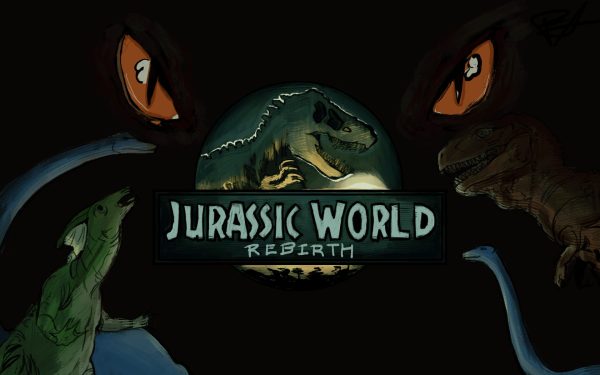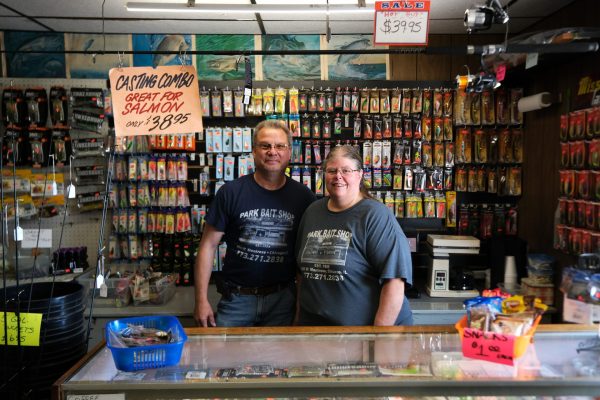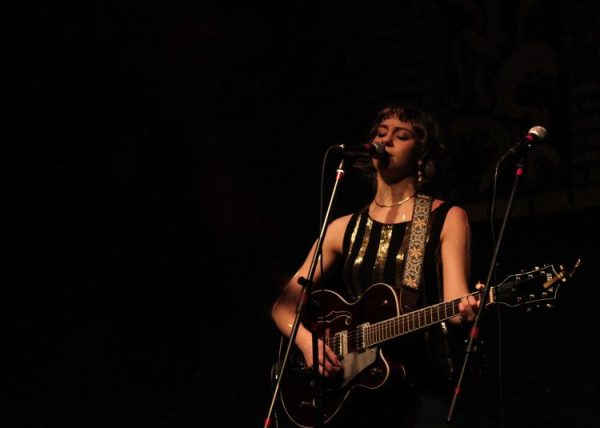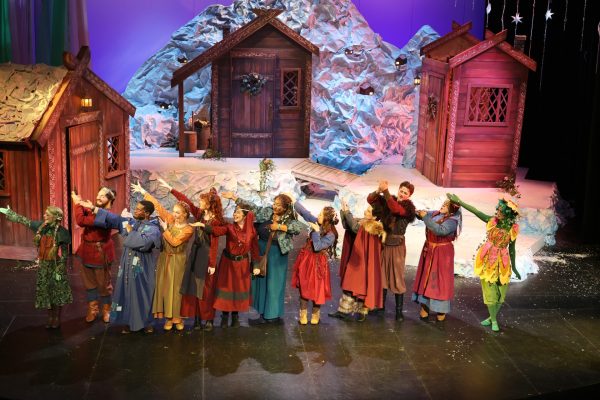End of the decade: the 2010s in memes
The end of the decade is near. One thing that has become apart of our lives on the internet are memes – and they’ve certainly evolved since 2010.
According to Complex, the term “meme” was coined by Richard Dawkins in his book, “The Selfish Gene.” According to Dawkins, a meme is a “cultural idea, a fashion, technology or ideology that self-replicates and spreads among the people.”
Today, memes are seen and used everywhere, from pop culture to brands using them as a way to advertise. While memes existed long before this decade, they have become increasingly popular in recent years.
All kinds of memes have surfaced. One may remember emotional, motivational captions placed over pictures of people dressed as hipsters in vans, large glasses and the clothing brand “Supreme.” Almost every photo imaginable of rapper Drake has been captioned with something regarding the type of guy he is. Plenty of cat memes made it to the forefront of the internet. And we can’t forget the photos of random people hugging or displaying other forms of intimacy captioned with something pertaining to love or other life advice.
These days, memes contain images of Spongebob; it’s hard to believe that this cartoon would have created so many relatable memes. Another popular meme comes from the PBS Kids show “Arthur,” which contains his fist balled up.
Wren Lively is a senior at DePaul studying graphic design. Her favorite meme is a monkey with text saying, “I am alone, nobody care for me.” She said she feels the 2016 election caused memes to evolve.
“I think that the biggest evolution that happened within memes was the shift from image macros to dank memes,” Lively said. “The election caused a lot of unrest and, as a result, meme [and] internet culture lent itself to more nonsensical humor and design.”
Knowyourmemes.com describes dank memes as “online viral media and in-jokes that are intentionally bizarre or have exhausted their comedic value to the point of being cliché.” An image macro is an image with a message or catchphrase.
Memes are not only used as comedic relief, but also as a way of studying pop culture. Samantha Close is an assistant professor at DePaul in the College of Communication who has been studying pop culture for 13 years. She talked about the lifecycle of memes.
“I think it’s part of going mainstream,” Close said. “It’s harder for anything to get traction outside of where it started.”






